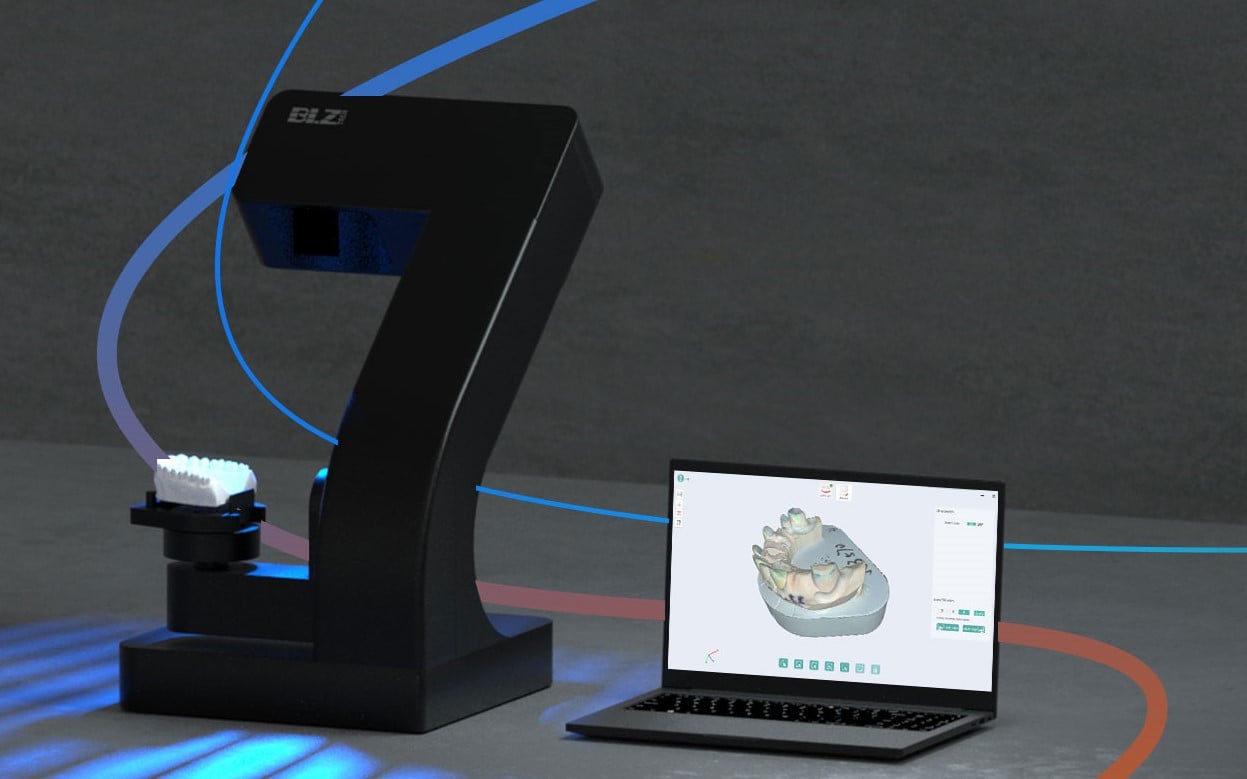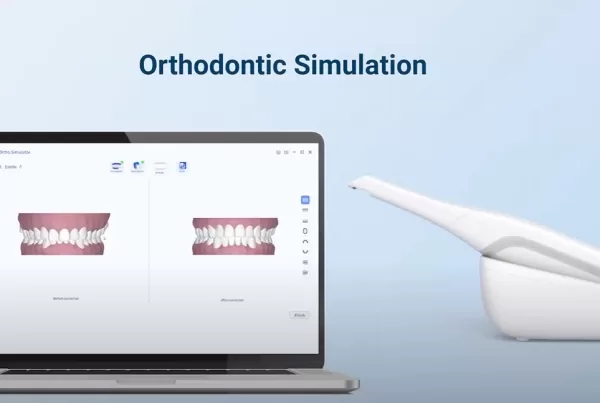
CAD/CAM is an essential partner in modern dentistry. What is CAD/CAM?How does CAD/CAM work in dentistry? And what can this technology bring us in dentistry? You will have a basic knowledge after reading this article.
What is CAD/CAM?
CAD/CAM dentistry is a branch of dentistry that utilizes CAD/CAM (Computer-Aided Design/Computer-Aided Manufacturing) technology. It helps to improve the design and manufacture of dental restorations. Initially, the aerospace and automotive industries were the first to adopt CAD/CAM technology. It was mainly for standardised and repeatable production. Nowadays digital technology is rapidly affecting people’s lives in many areas, including industry, social life, entertainment, and healthcare. The same goes for dentistry. CAD/CAM technology has been applied in dentistry for the past 20 years, helping the dental profession to grow and flourish.
How does CAD/CAM work in dentistry?
The function of dental CAD/CAM is to record clinical data, acquire virtual models and manufacture them into final dental restoration.
Here is a typical CAD/CAM digital workflow in dentistry:
—Capture 3D image of the tooth or teeth through an optical scanner.Then transfer the information into the computer.
—The technician uses these 3D images and CAD software to create the dental restoration or other object based on the scan data.
—Transmit the digital design to a 3D printer, milling machine, or grinder to make crowns, bridges, onlays, or anything else.
—After customising the restoration with stains and enamel, the technician will send it to the dentist for fitting.
How do CAD/CAM restorations differ from conventional restoration techniques?
Time
Conventional methods for making crowns require temporaries while the lab produces the permanent ones. Usually it takes one to several weeks. However, chairside CAD/CAM restoration can be completely finished in as little as one hour.
Process
CAD/CAM restorations require less preparation than conventional restorations. As bonding is more effective on tooth enamel than the underlying dentin, care is taken not to remove the enamel layer.
Color
CAD/CAM dental restorations match the shade of the restored tooth more closely. Because they are milled from blocks of ceramic or composite resin.
Benefits of having a dental lab scanner with CAD/CAM
The use of 3D scanners is a vital aspect of digital dentistry. Dental lab scanner is a device that digitises traditional impressions or plaster models using indirect CAD/CAM technology. During the process,there is no direct contact with the patient. In consequence, dental lab scanner is more common in the dental laboratory than in the dental clinic.
Time saving
One of the most tangible benefits is speed. There’s no need to rely on physical mail services. Because the Dental Lab 3D Scanners can finish the data acquisition within a minute, sometimes even less. LS100 is the fastest full-color scanner in the world, you can get a full-color full arch scan in 10 sec.
Reduced cost
Another advantage is potential cost savings. Although a dental lab scanner is expensive, it has a high return on investment, especially in busy laboratories. It reduces manual workload and allows the technician to handle more cases.
Greater accuracy
Dental lab scanners also guarantee a high level of precision. Traditional methods may require many casts. At the same time, the material may shrink, swell, or deform with each repetition. In comparison, a desktop dental scanner can provide more stable measurements.
Environmentally friendly
With a dental lab scanner, it will reduce the amount of material used in conventional techniques and minimizing waste. As a result, it provides a significant environmental benefit that cannot be overlooked.
CAD/CAM technology is quickly becoming popular in the dental industry. Because it promises not only improved accuracy to the final rehabilitation but also better time efficiency and comfort.This is an advanced technique.You can used it in cosmetic dentistry such as inlays, crowns, dentures, veneers, and dental implants. If you have any questions or would like to collaborate with a company that offers CAD/CAM technology, then contact us at BLZ!
